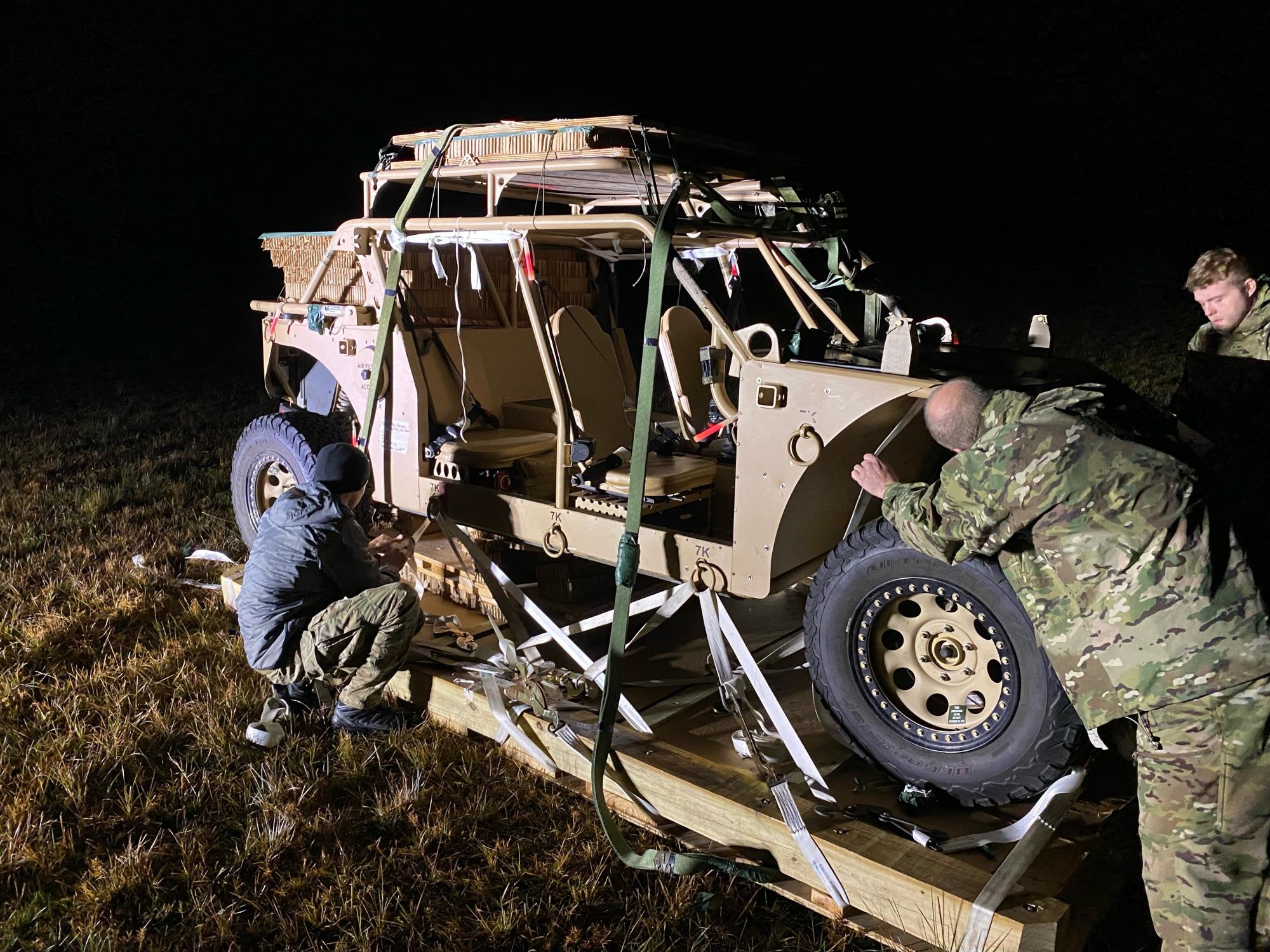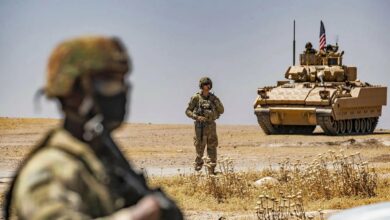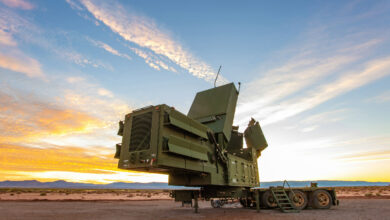The US Army has conducted an all-aerial delivery of the new SXV search and rescue tactical vehicle, dropping it from an HC-130J aircraft.
The service’s 38th Rescue Squadron teamed with the 71st Rescue Squadron in simulating vehicle delivery at the Moody Air Force Base in Georgia. According to squadron commander Michael Vins, the test served as the first step in building “greater ground mobility options” for the military.
The drop reportedly took almost a year to orchestrate because the SXV weighs 4,445 pounds (2,016 kilograms), near the parachute weight limit. The army had to make added preparations because the vehicle needed to carry weapons, fuel, and other equipment before delivery.
“In order to be one-hundred percent combat effective, we need to see what works with the aerial delivery package and what does not,” pararescue flight chief Master Sgt. Daniel Lillis said in a press release. “Once the vehicle and team leave the aircraft, there may be little to no outside support.”
Lillis further explained that to be self-sufficient in multiple environments, the army needs to determine all requirements for delivery. He explained that the service tested the platform’s durability to confirm that it would not be damaged when airdropped.
The platform can move equipment, personnel, or casualties, also providing power and functioning as a mobile communication center.
‘Crucial to Remaining Effective’
The US Army said that the aerial delivery marked the beginning of solidifying standard operating procedures using lighter-weight tactical vehicles like the SXV. Although vehicle drops are not a primary delivery method, it adds another option during missions.
“Understanding capabilities and limitations of our equipment is vital prior to employing it on an actual mission,” Lillis stressed. “Constantly refining our rescue equipment and employment of the equipment is crucial to remaining effective as we look to the future of warfare and rescue.”
If it proves viable, the service hopes that vehicle airdrops can be utilized for more than rescue operations.












